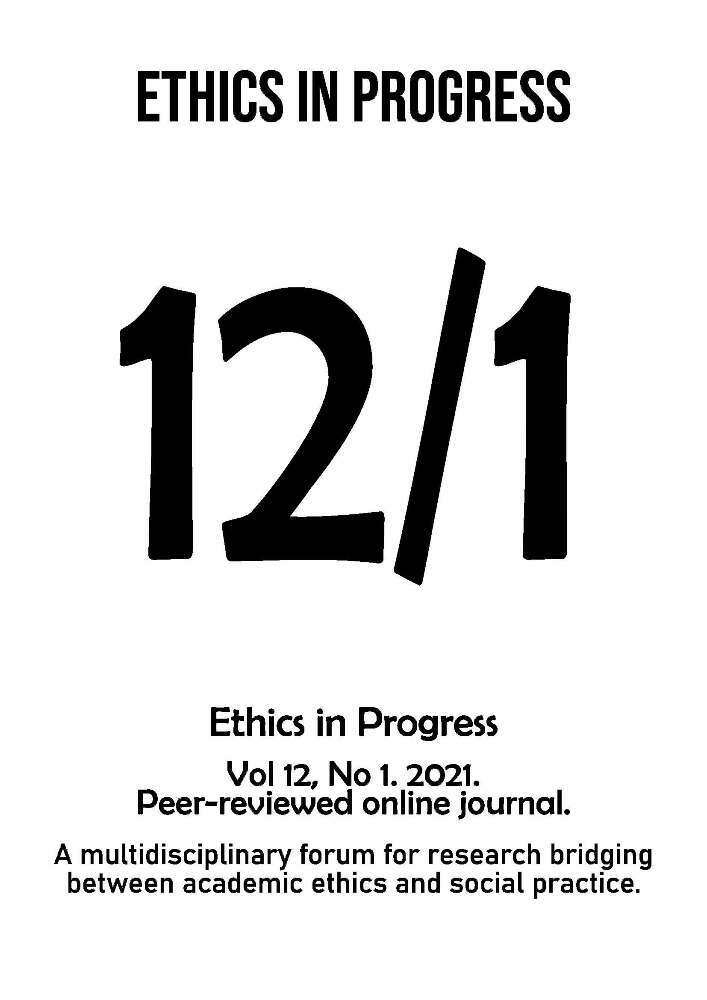Abstract
The empirical research reported in this article is based on the Moral Foundations Theory proposed by J. Haidt. Objectives. The author examines the impact of moral foundations arguments on early adolescents’ moral judgments regarding violating moral rules and explores gender-related differences between moral foundations preferences. Method. The effect of moral foundations arguments was measured by a newly developed meta-ethical position test (MEPT). The MEPT consists of a pretest questionnaire, treatment by moral foundations arguments, and a posttest questionnaire. The sample contained 178 early adolescents from the Czech Republic (84 females and 94 males). The influence of the moral foundations arguments was analyzed by comparing the pretest with the posttest. Results. 91% of teenagers changed their moral judgment due to confrontations with the moral foundations arguments. A Wilcoxon signed-rank test found that the moral foundations arguments were significantly relevant, since the P-value was lower than 0.001. The Mann-Whitney U test revealed the importance of the gender aspect: P-value care equals 0.01 and liberty 0.01. Girls have a preference for care foundation (21% more than boys), while boys tended to liberty (27 % more than girls). It seems that moral foundations arguments strongly change early adolescents’ moral judgments and can be practically applied as a valuable platform for early adolescents’ moral development.
References
Atari M., Lai M., & Dehghani M. 2020. “Sex Differences in Moral Judgements Across 67 Countries,” Proceedings of the Royal Society B: Biological Sciences 287(1937). DOI: 10.1098/rspb.2020.1201
Blakemore S. J. 2013. “The Adolescent Brain,” in J. Brockman (Ed.), Thinking: The New Science of Decision-making, Problem-solving, and Prediction (pp. 115–131). New York: HarperCollins.
Benhabib S. 1985. “The Generalized and the Concrete Other: The Kohlberg-Gilligan Controverse and Feminist Theory,” PRAXIS International 5(4):402–424.
Damon W. 1975. “Early Conceptions of Positive Justice as Related to the Development of Logical Operations,” Child Development 46(2):301–312. DOI: 10.2307/1128122
Davies C. L., Sibley C. G., & Liu J. H. 2014. “Confirmatory Factor Analysis of the Moral Foundations Questionnaire,” Social Psychology 45(6):431–436. DOI: 10.1027/1864-9335/a000201.
Friesdorf R., Conway P., & Gawronski B. 2015. “Gender Differences in Responses to Moral Dilemmas,” Personality and Social Psychology Bulletin 41(5):696–713. DOI: 10.1177/0146167215575731.
Gilligan C. 1982. In a Different Voice: Psychological Theory and Women’s Development. Cambridge, Mass. – London: Harvard University Press.
Goodwin G. P. & Darley J. M. 2012. “Why Are Some Moral Beliefs Perceived To Be More Objective Than Others?,” Journal of Experimental Social Psychology 48(1):250–256. DOI: 10.1016/j.jesp.2011.08.006
Graham J., Haidt J., & Nosek B. A. 2009. “Liberals and Conservatives Rely on Different Sets of Moral Foundations,” Journal of Personality and Social Psychology 96(5):1029–1046. DOI: 10.1037/a0015141
Haidt J. 2012. The Righteous Mind: Why Good People Are Divided by Politics and Religion. New York: Pantheon Books.
Jaffee S. & Hyde J. S. 2000. “Gender Differences in Moral Orientation: A Meta-analysis,” Psychological Bulletin 126(5):703–726. DOI: 10.1037/0033-2909.126.5.703.
Klein G. 2013. Seeing What Others Don’t. New York: Public Book Affairs.
Krebs D. L., Vermeulen S. C., Denton K. L., & Carpendale J. I. 1994. „Gender and Perspective Differences in Moral Judgement and Moral Orientation,” Journal of Moral Education 23(1):17–26. DOI: 10.1080/0305724940230102
Lewis G. J., Kanai R., Bates T. C., & Rees G. 2012. “Moral Values Are Associated with Individual Differences in Regional Brain Volume,” Journal of Cognitive Neuroscience 24(8):1657–1663. DOI: 10.1162/jocn_a_00239
Lind G. 2019. How To Teach Moral Competence. New: Discussion Theater. Berlin: Logos Verlag.
Métayer S. & Pahlavan F. 2014. “Validation de l’adaptation Française du Questionnaire des Principes Moraux Fondateurs” [Validation of the Moral Foundations Questionnaire in French], Revue Internationale de Psychologie Sociale 27(2):79–107.
Niazi F., Inam A., & Akhtar Z. 2020. „Accuracy of Consensual Stereotypes in Moral Foundations: A Gender Analysis,” PLOS ONE 15(3). DOI: 10.1371/journal.pone.0229926.
Nichols S. 2004. “After Objectivity: An Empirical Study of Moral Judgment,” Philosophical Psychology 17(1):3–26. DOI: 10.1080/0951508042000202354.
Nucci L., Turiel E., & Roded A. D. 2017. “Continuities and Discontinuities in the Development of Moral Judgments,” Human Development 60(6):279–341. DOI: 10.1159/000484067.
Prinz J. 2007. The Emotional Construction of Morals. Oxford: Oxford University Press.
Quintelier K., Fessler D., Smet D. 2013. “The Moral Universalism-Relativism Debate,” Klesis Revue Philosophique 27:211–262.
Sarkissian H., Park J., Tien D., Wright J. C., & Knobe J. 2011. “Folk Moral Relativism,” Mind & Language 26(4):482–505. DOI: 10.1111/j.1468-0017.2011.01428.x.
Smetana J. G., Jambon M., & Ball C. 2014. “The Social Domain Approach to Children’s Moral and Social Judgments,” in M. Killen & J. G. Smetana (Eds.), Handbook of Moral Development (pp. 23–45). Hove, East Sussex: Psychology Press.
Yalçındağ B., Özkan T., Cesur S., Yilmaz O., Tepe B., Piyale Z. E., et al. 2017. ”An Investigation of Moral Foundations Theory in Turkey Using Different Measures,” Current Psychology 38(2):440–457. DOI: 10.1007/s12144-017-9618-4.
Zhang Y. & Li S. 2015. ”Two Measures for Cross-Cultural Research on Morality: Comparison and Revision,” Psychological Reports 117(1):144–166. DOI: 10.2466/08.07.pr0.117c15z5.





